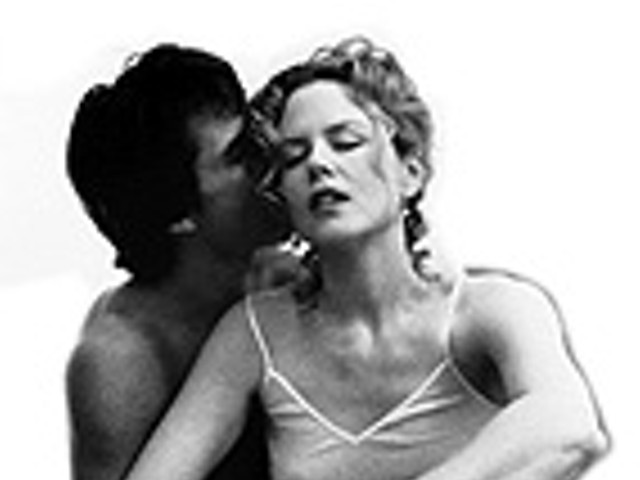Detroit is special, and always has been: the most exorbitantly representative spot in America. Take, for example, downtown’s Capitol Park. Once the center of our metropolis, site of the state Capitol. And now? It’s a place that most of the 4.5 million people the Census Bureau thinks live in greater Detroit couldn’t find if they had to.
The park was the idea of Judge Augustus Woodward. His plan for Detroit – modeled on Washington, D.C., and even at the time thought eccentric, like the judge himself – was adopted in 1807. It’s responsible for the hub-and-spoke pattern of downtown streets. The design – only partially realized – was abandoned in 1818, but not before it had permanently fixed the collision of contradictory ideals that defines the streetscape of this most representative city.
Woodward never intended Capitol Park to be either a capitol or a park. The Capitol was planned for Grand Circus. But that was deemed to be too far out in the country, so Woodward compromised on a site nearer town, at one of the smaller, wedge-shaped spaces incorporated in his plan. (The downtown library is the only remaining example of the judge’s intention, of locating public buildings on each triangular space.)
The Capitol building was completed in 1828 and served until 1847, when Michigan’s seat of government was removed to Lansing. Thereafter the old Capitol housed a public library on the first floor and a high school on the second. It was from here that Michigan’s boy governor, Stevens T. Mason, led out the militia in an 1835 attack on the state of Ohio over disputed territory. Mason won the "War of Toledo," as it was called; he occupied the town without loss of life – except for one hapless pig. Subsequently President Jackson forced the surrender of Toledo, but Michigan received four-fifths of the Upper Peninsula in recompense.
Mason left office after only one term as governor; having involved the state in some disastrous financial deals, he narrowly escaped impeachment. He moved to New York where he practiced law until his death from pneumonia in 1842, at age 31. In 1905 his ashes were returned to Detroit and buried in Capitol Park. Mason’s 92-year-old sister Emily – once the belle of the city – attended the ceremony. She returned three years later when a commemorative statue of her brother – still there today minus certain decorative adornments – was unveiled in Capitol Park.
Which is not to suggest that Capitol Park is unlucky. Maybe it didn’t bring good fortune to Mason. But there were others, mostly unknown, who left here a lot better off than when they arrived. They were runaway slaves, and Seymour Finney’s barn on the east side of the park was one of the last "stations" on the underground railroad before they could be smuggled across the river to Canada. There is a marker noting the site of Finney’s barn, on the wall of the old Detroit Savings Bank (1895), the first structure in the city to have an internal steel skeleton – a skyscraper at the time, towering 11 stories.
The park is not just a piece of old Detroit, although it is that: an intimate, outside room, created by the surrounding walls of buildings. It’s one of the few such spaces left in a downtown perforated by dereliction and parking lots. It’s what the city looked like until the early ’50s, when this was a place to live in instead of move away from. These unmodern structures – ornate (some of them), old-fashioned, modest in proportion – are scaled for the era just before all the things happened that made Detroit what it has become: freeways, shopping malls and suburban sprawl.
Look up past the ground floor, where abandonment and devolution have humiliated still-grand structures. There is the Detroit they would have seen: the businessmen who founded the Kiwanis Club, in 1915, at the old Griswold Hotel – now the site of a parking garage. It’s what Sunnie Wilson saw, the honorary mayor of Paradise Valley and leader of Detroit’s African-American café society during our Hastings Street renaissance in the ’30s and ’40s and ’50s. What’s left of Sunnie’s bar is a peeling sign on the west side of the park.
What to make of this place? Cities in America don’t grow historical, like the cities other people build; instead, they just get old. And like anything old, they make us want to turn away. Take the Farwell Building on the park’s west side. In the name of "safety" or "preservation," concrete blocks fill up its once grand windows and doors. Anything long abandoned is liable to be dangerous, buildings and cities both.
It’s a spring afternoon in the park; Detroiters lounge on the benches, wait for buses. People talk, lift their faces to the sun, drink a beer. Half-dead shrubs struggle for a chance in the bald dirt; trees begin to leaf. Pigeons leave the usual tribute on the head of Mason’s statue.
There’s something to be said about this shabby, affecting place. But what? Nothing, perhaps, except that the history of Detroit is a long history of forgetting.
E-mail comments to [email protected]




